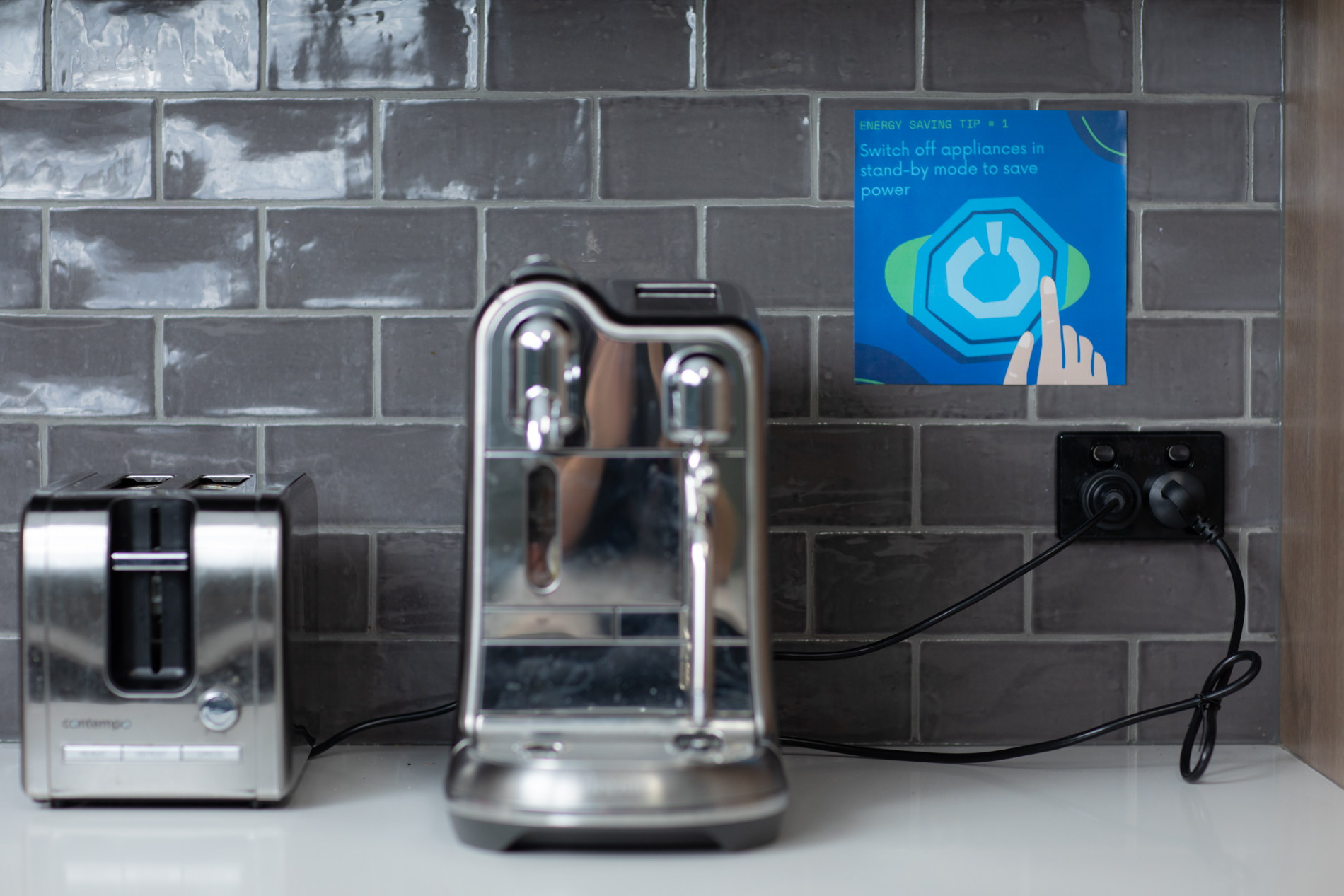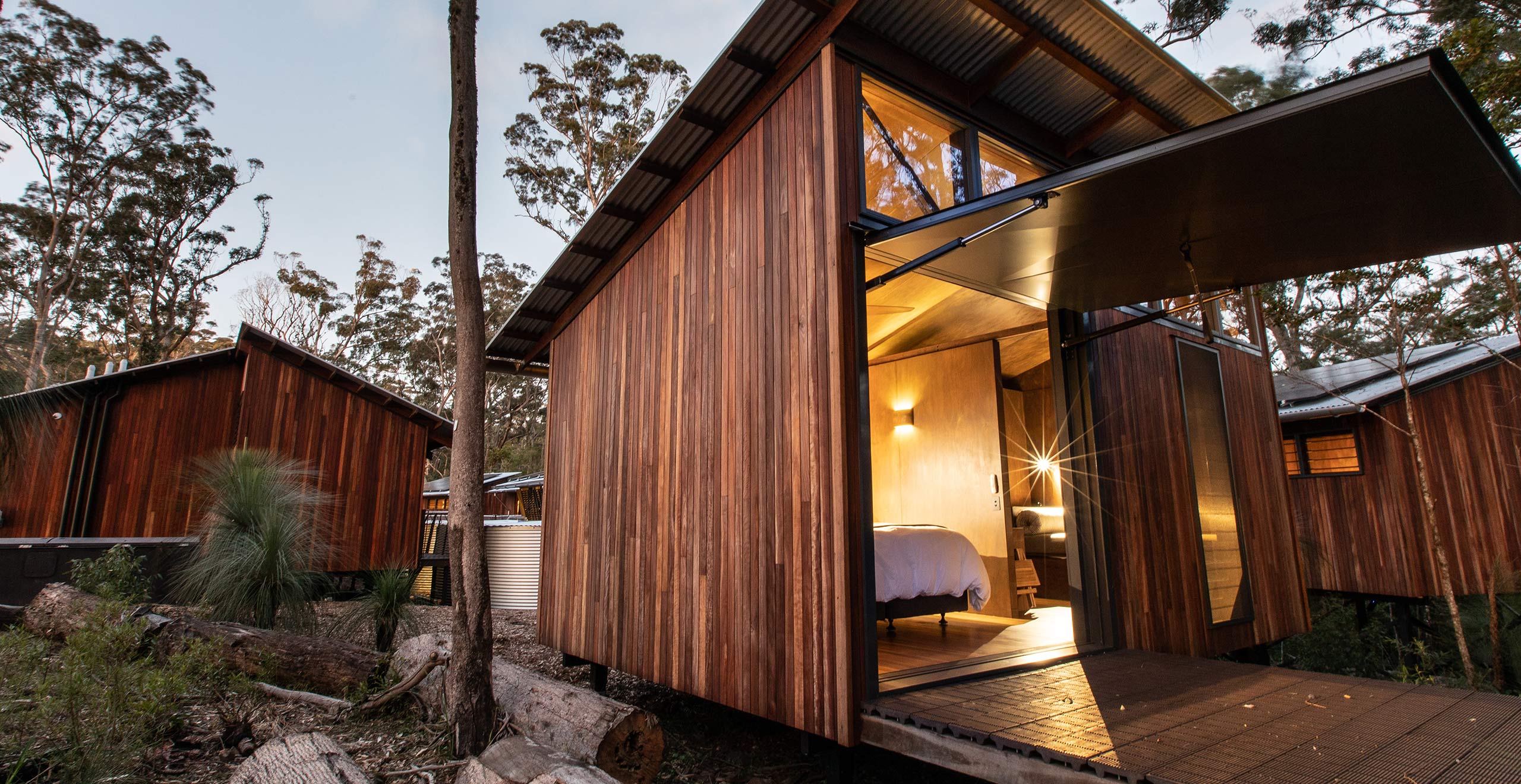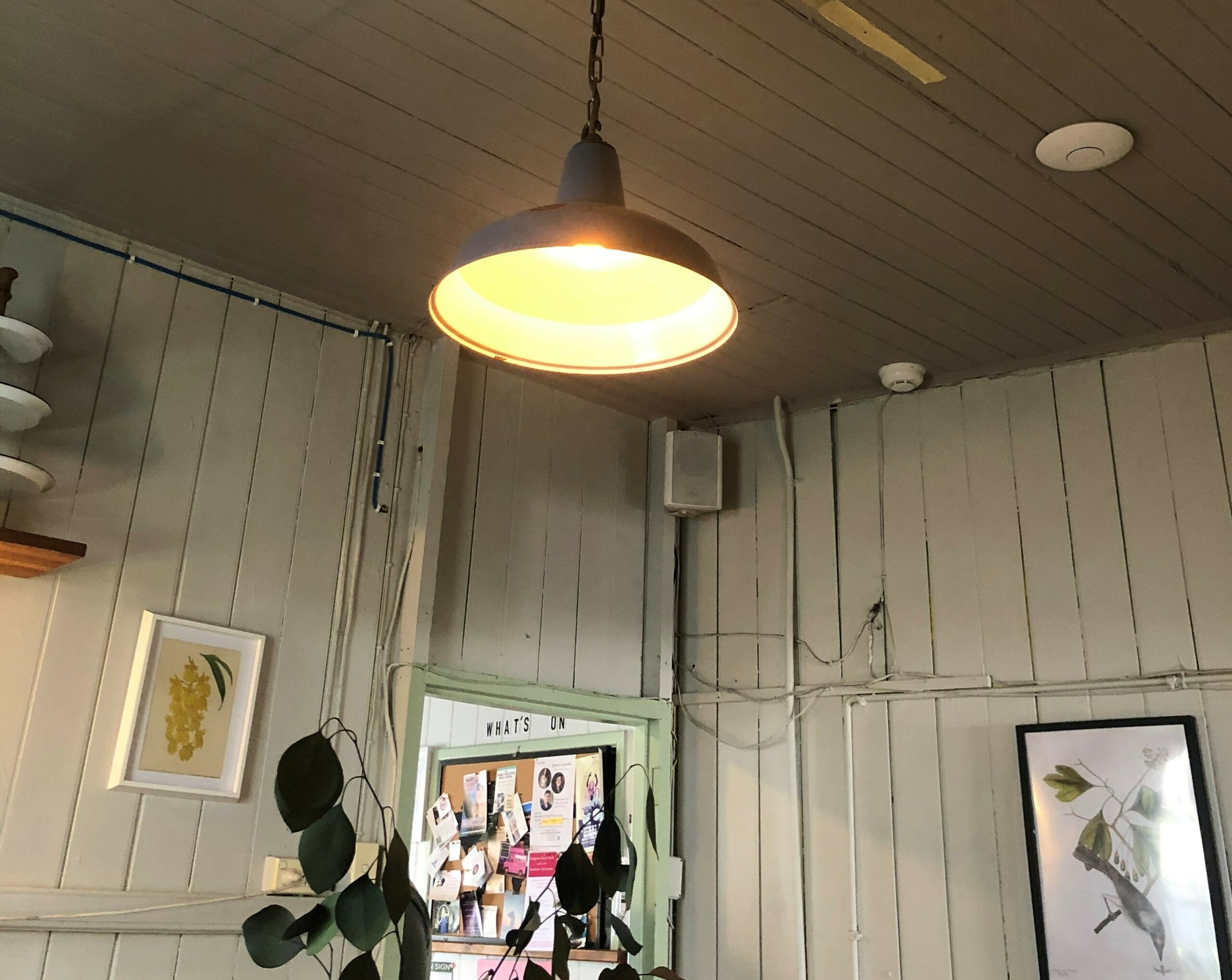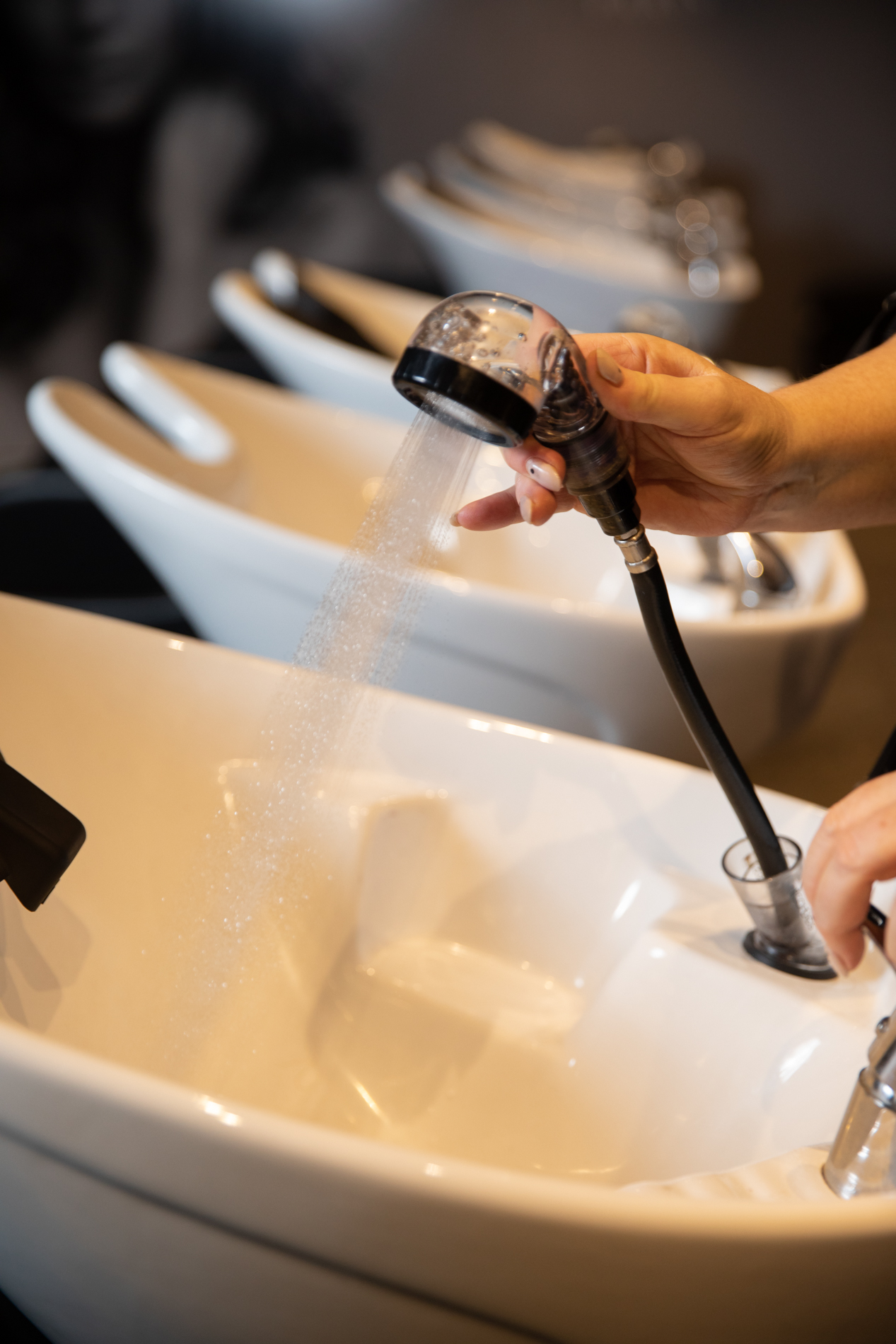Water saving for community clubs
Don’t let water wastage drain your budget. Learn quick tips and resources to lower your water consumption and save on bills.
Does your club have a SUMS water monitoring or Rain Bird irrigation control system?
When it comes to lowering your water bill, knowledge is power. Using a water monitoring system can help identify when something goes wrong, such as a leak, which can help you act quickly and save hundreds or even thousands in paying for wasted water. Some clubs of the Resilient Clubs Support Program have been equipped with a SUMS Water Monitoring System to gain access to real-time water consumption data.
For sporting clubs, water use extends beyond the club house and to the fields, which is why the Resilient Clubs Support Program have equipped some clubs with Rain Bird irrigation controllers to help manage the irrigation of their fields. To help organisations get the most out of the Rain Bird IQ4 portal, Brisbane City Council has worked with Rain Bird to develop an online eTraining module. The eTraining module has useful resources, tips and videos to guide you through the Rain Bird IQ4 portal.
Webinars and coaching
View recordings of expert coaching webinars with advice to help your club be water-wise and save on bills.
Navigating portals
December 2023
Portals and smart data can help organisations understand and control their water and energy use more effectively and efficiently. In this webinar, we’ve invited an expert panel who will guide you through the effective use of the SUMS, Rain Bird and PhiSaver portals.
How to be a water-wise organisation
April 2023
In this helpful webinar, experts in plumbing, water data monitoring and Council’s water management systems share simple tips for community organisations to save on water and reduce their bills.
Thriving turf in the growing season
October 2022
Spring is the perfect time to lay the foundations for a healthy turf in the growing season. Learn from a range of turf experts who share tips and advice on how clubs can get healthy turf growing in the warmer seasons.
Building a flood-resilient organisation
May 2022
Architects and builders who specialise in flood-resilient building and construction techniques share their learnings from working with residents to provide quick tips and knowledge for building flood resilience.
Q&A: Recovering your turf after flooding
March 2022
Extreme weather events are becoming more common. For this webinar, we are joined by turf and irrigation experts who give advice on how to recover turf after a flood or heavy rain event while ensuring long-term healthy lawns.
More webinars to come
If there is a specific topic you would like to learn more about, fill out the request form below.
Resources from water, plumbing and irrigation experts
See below for water-efficiency and irrigation resources from expert partners of the Resilient Clubs Support Program.
- Getting the best from your irrigation system – A good understanding and correct management of your irrigation system is essential to both reducing watering costs and optimising turf performance. Provided by LaboSport.
- Rain Bird Global Service Plan – A subscription-based 24/7 help service, paid for by Brisbane City Council and free for Clubs to access. If you need help with your Rain Bird controller, ring 07 3518 1900 to talk to a Rain Bird engineer. If you need assistance logging in to the IQ4 portal, please reach out to your Sports and Recreation Officer.
- Rain Bird eTraining modules – To help you quickly learn and get the most out of the Rain Bird IQ4 portal, Brisbane City Council has worked with Rain Bird to develop an online eTraining module. The eTraining module has useful resources, tips and videos to guide you through the IQ4 portal.
- How to use your SUMS system – An online training portal with resources to help you understand, interpret and get the most value out of your SUMS system data
List of water-saving and turf-irrigation actions
Participating clubs of the Resilient Clubs Support Program will receive a personalised Action Plan. However, if you want to take more actions to reduce your operational costs and environmental footprint, use the below information as a ‘shopping list’ of further water-saving tips. Read the details and estimated costs and consider which actions are achievable for your club, given your circumstances and budget.
We recommend you choose actions you want to commit to and copy them from the below list into our Microsoft Word Resilient Clubs Efficiency Plan Template (word 72KB). You can also add energy and waste actions to keep them all in the same location. Writing these actions down on a list will help you stay committed to achieving these outcomes.
Water-saving actions
Educate and engage staff/volunteers about water efficiency
Educate and train staff and volunteers in water-saving methods. Involve them in water-saving initiatives to effectively inspire and change mindsets and behaviours around being conscious of smart water use.
Cost: Free
Educate staff and volunteers on smart water use in common areas such as bathrooms and kitchens
Educate staff and volunteers on smart water use in common areas such as bathrooms and kitchens and create signage to assist staff and volunteers to remember water-saving behaviours, such as having short showers and running dishwashers only when full.
Consider the examples below to optimise water consumption within the kitchen, this will reduce water wastage and reduce water expenditure. Energy is also saved by reducing the usage of hot water.
- Frozen ingredients thawed in the fridge, not under running water
- Fruit and vegetables rinsed in a sink bath, not under running water
- Run dishwashers and glasswashers only when fully loaded.
- Scrape food scraps from cutlery and crockery before washing.
- Use dry cleaning practices such as brooms, mops and squeegees instead of hosing.
Cost: Free. Return on investment is immediate.
Monitor your water usage
Monitor your water usage monthly to identify patterns and opportunities for introducing efficiency. Smart Water Meter portals and utility bills are a great resource for understanding your current and past water usage patterns. Understanding how and when you use water can allow you to adjust your energy usage patterns and optimise your water use.
Cost: Free
Install a smart water meter and monitor data
Accessing your water data is a great opportunity to better understand your water usage. Increased awareness of water use will allow your organisation to identify opportunities for further efficiency. Setting water alerts allows you to become aware of unusual water use and potential leaks right away before they become too costly. There are many devices and apps that help you monitor and track your water consumption in real-time, such as a Smart Utility Management Solution.
Cost: Approximately $1,300 – $1,500 depending on model and facility size, plus an ongoing yearly subscription fee of $250 – $300.
Note: clubs that are participants of the Resilient Clubs Support Program should discuss a water monitoring system with their sports and recreation officer as these costs may be covered by Brisbane City Council.
Respond to leaks and drips right away
When you are alerted to a leak or drip, take action right away to mitigate water loss and potential unnecessary cost and infrastructure damage. Make sure all staff and volunteers know who to contact when issues are found.
Cost: Free
Consider water efficiency when replacing taps and shower heads
Ensure any new fixtures are water efficient to current best practice WELS ratings. The Water Efficiency Labelling and Standards (WELS) scheme uses a rating system to help you make informed choices about the water efficiency of products you purchase. Buying water-efficient products will reduce your water and energy bills and help protect our environment.
Cost: Most water-efficient products are not any more expensive than their inefficient counterparts. Plus, the bill savings from reduced consumption can cover the increased upfront cost for any products that may be more expensive to purchase.
Consider water efficiency when replacing appliances
Water-efficient appliances (like washing machines and dishwashers) are designed to use less water than standard products. Purchasing water-efficient products will reduce your water and energy bills and help protect our environment.
Cost: Most water-efficient products are not any more expensive than their inefficient counterparts. Plus, the bill savings from reduced consumption can cover the increased upfront cost for any products that may be more expensive to purchase.
Maintain equipment through regular cleaning and maintenance
Well-maintained appliances and equipment, have a reduced life cycle cost and run more efficiently, using less water and energy.
Cost: Variable.
Consider water-friendly cleaning products
When choosing cleaning products consider ones that are promoted as green, environmentally friendly, chemical free or safe for the environment, this minimises chemicals leaching into our waterways.
Cost: Under $10
Install WELS-rated aerators to all mixer taps and spouts that currently have no flow restriction
Aerators introduce air into the water flow, increasing the perceived volume while reducing the actual water flow which results in water savings.
A 5-star WELS aerator can reduce water flow from 15L-18L per min to 6L per min. For a single tap/aerator that is used 20mins per day, this saves around 65kL of water and $270 per year.
Cost: Under $30 each with potential savings of $270 per year
Replace pillar taps with WELS-rated taps
Low-flow taps mix air into the water flow, giving the impression of full water flow even though the water volume is greatly reduced, resulting in reduced water use and costs.
For a tap that runs for 20mins each day, a 6STAR WELS tap would reduce water flow from 15L-18L per min to 4L per min. Each water-efficient tap can save around 90kL and $370 per year, per tap.
Cost: Approximately between $320 to $350 with an approximate 1.3 year return on investment
Install dual flush 4-star WELS toilets
Every litre less water that a toilet uses is a reduction in water bills. Replacing an old, 12L single-flush toilet with a new 4-star toilet with an average flush volume of 3.5L, saves around 50kL or $150 each year on water bills/toilet.
A visibly leaking toilet can waste 60,000L a year. Fixing a toilet leak can save around $250 a year.
Cost: Approximately $550 per toilet with annual savings between $130 to $150
Replace non-water-saving urinals with water-efficient models
Every litre less water that a urinal uses is a reduction in water bills. Replacing a non-water efficient urinal with a 4-star WELS-rated urinal reduces water usage from >2.5L per flush to 1.1L per flush.
An efficient urinal flush system can reduce the occurrence of false flushes and is highly impactful on water usage. A Zip Flushmaster is programable and can dramatically reduce the occurrence of false flushes, reducing water wastage and cutting water consumption by up to 90% compared to automatic cisterns. 4-star WELS-rated Flushmasters can reduce water usage to 1.1L per flush compared to the standard 2.5L.
Cost: Approximately $1,950
Replace shower roses with WELS-rated models
Water-efficient showerheads restrict water flow by mixing air into the water flow, giving the impression of full water flow even though the water volume is greatly reduced, resulting in reduced water use and costs.
3STAR shower that flows at 9L/min will save 70kL and $210 each year on their water bills. A 4-star shower that flows at 6L/min will save 105kL and $315 per year on their water bills.
Cost: Approximately $50 each with savings that range from $200 to $320
Disconnect basins from hot water where necessary
Consider whether it is necessary to have hot water accessible on all taps. Disconnecting the hot water to a tap can save water and the energy required to heat it.
Cost: Typically under $1,000 for a plumber to conduct this work
Stop leaks from dripping taps or toilets
One slowly dripping tap can waste 9,000 litres of water a year. Fixing a leak will save around 9kL and $35 a year. Fixing leaks as soon as possible is important as it has the potential to cause significant damage to the infrastructure if left ignored.
A visibly leaking toilet can waste more than 60,000 litres of water a year. Fixing the leak will save around $60kl and $250 a year.
Cost: Variable
Install gutter guards
Installing gutter guards maximises their ability to collect rainwater/stormwater. Guards reduce the need for gutter cleaning, protect the building from potential water damage, minimise mould and pests, and extend the life span of your gutters and adjacent infrastructure.
Cost: Approximately $5,000
Ensure all gutters are cleaned regularly
Maximise rainwater and stormwater collection by clearing debris and pests from gutters, improving your water harvest capacity. Additional benefits include reduced need for main water tops-ups, increase life span of the gutters, reduce maintenance frequency and prevent problems such as clogging, flooding and pests.
Cost: If safe to do so, cleaning can be done for free by club operators and volunteers. However, for safety, it is recommended to hire a roof cleaning service which can range from anywhere between $200 and $5,000 depending on the size of the venue.
Investigate subsurface wicking as an alternative to traditional fields when renovations are due
Wicking beds located in Brisbane are > 95% reliable and therefore can significantly reduce potable water use for irrigation. In addition, there would be energy savings as irrigation pumps would not need to be used, except for occasional wicking zone top-up or liquid fertiliser applications. There are also benefits to turf drainage, health, colour and resilience. Topping up the wicking zone rather than surface irrigation saves water by avoiding losses to evaporation and wind. The wicking zone can also be topped up with recycled water if available.
Cost: The cost to deliver wicking beds ranges from $70/meters2 (m2) to $180/m2. Around $1 million/ field.
Consider installing additional water meters to monitor specific activities called ‘sub-metering’
Understanding what proportion of water is used for different areas of your site, such as field irrigation and the building facilities, will allow your organisation to identify issues and opportunities for further efficiency. For example, meter the water going to the irrigation tank as opposed to the water going to the clubhouse.
Cost: Around $1,500
Install a water storage tank to collect rainwater, called ‘rainwater harvesting’
Harvesting rainwater can reduce the reliance on mains water, resulting in financial savings.
Other advantages. During a rain event, reducing stormwater runoff can reduce overflow into neighbouring creeks and rivers, reducing the damaging impacts. Reducing stormwater runoff can also minimise the possibility of surface water contamination with pesticides, sediment, metals, and fertilisers, into waterways.
Cost: Variable price, approximately $15,000
Turf and irrigation tips
Irrigate when there is low or no sun
The preferred time to apply water is generally of a night-time when evaporation rates from wind and sun are lower. This will increase effective watering by increasing the amount of water penetrating the soil.
Cost: Free
Develop a turf wear management plan
Support field performance and safety with a wear management plan. Monitor wear in the high-usage areas and rope these off where necessary during peak training periods to preserve the turf as best as possible.
Cost: Free
Develop policies for ground closure (e.g. wet weather, unplayable turf conditions)
Community facilities can restrict access to areas that are being remediated or rested by erecting safe, temporary fencing and providing signage to explain why the field has been closed and for how long. This allows for faster and more effective recovery and lower ongoing costs for repairs and renovation work.
Cost: Free
Consider a shared arrangement with neighbouring Clubs to improve efficiencies
Consider whether your club could enter a shared arrangement with neighbouring clubs to improve efficiencies. Use the same turf contractors to treat the entire precinct as one, share turf care equipment with local clubs and organisations.
Cost: Free, often with cost-savings
Install water controlling systems and educate staff about their benefits
Understanding and using irrigation monitoring and control systems, such as Rainbird IQ4, to their fullest ability enables users to improve water usage which will result in real savings and better, more resilient, playing surfaces. Introduce protocols in relation to the setup and use of the controller and ensure staff are aware of and comply with these procedures.
To help you quickly learn and get the most out of the new Rain Bird IQ4 portal, Brisbane City Council has worked with Rain Bird to develop an online eTraining module. The eTraining module has useful resources, tips and videos to guide you through the IQ4 portal.
Cost: Depending on the size of playing fields and systems, anywhere between $500 to $5,000.
Install professional irrigation control systems
Irrigation controllers run a sprinkler system. Improved water management optimises water usage and saves water costs over time. Automatic and smart programming can save valuable staff or volunteer time, instead of manually controlling the irrigation systems.
Cost: Depending on the size of playing fields and systems, approximately $5,000.
Install and connect rain sensors to irrigation systems
Rain sensors automatically shutoff systems during and immediately following rainfall to avoid unnecessary water usage. Optimising your water usage saves water costs over time. By preventing the risk of over-watering your turf, your fields are healthier and more resilient.
Cost: Approximately (a minimum of) $325
Install flow sensors
A flow sensor actively measures water flow through a piping system and reports its data to the central irrigation controller and monitor.
Cost: Approximately $1,800
Install a master valve to control total irrigation
A master valve ensures the loss of water is managed by shutting the irrigation system down when not in use.
Cost: Approximately $600
Install a dosing unit and ensure sufficient use of soil-wetting agents from September-May
Installation of a dosing unit connected to the irrigation system means the wetting agent can be applied through the dosing unit.
This assists with retaining water through the soil profile and enables nutrients, from fertilising, to be more available to the turf. Healthier, more resilient turf over time will optimise water use and reduce the likelihood of rectification works that require immense amounts of water.
Cost: Approximately $10,000
Choose an irrigation pump with an energy-efficient motor
When replacing an irrigation pump, ensure it has a Variable Frequency Drive (VFD). VFD pumps only work as hard as they need to and are, therefore, more energy efficient.
Cost: Approximately $7,000
Review the Irrigation data in your irrigation controller if available
Gaining access to your irrigation smart data enables you to improve your water management strategies, optimising water usage and saving water costs over time. Automatic programming can also save valuable staff or volunteer time, instead of manually controlling the irrigation systems.
Cost: Approximately $7,000
Use a soil moisture probe regularly to check soil moisture
Soil moisture sensors monitor water infiltration during and after irrigations. This enables more informed decision-making around irrigating. Reducing unnecessary water events and healthier more resilient turf.
Cost: Approximately $1,000
Maintain your irrigation system
Regular maintenance allows the irrigation system to perform at its full potential; optimising the uniformity of water application across the field, preventing over-dispersal, improving soil stability, and reducing wastage of irrigation water. It is critical to ensure the sports field is watered correctly as a poorly maintained system will require larger volumes of water and have less of an impact on the turf surface.
Cost: Variable
Repair, service or replace inefficient or broken sprinklers
Functioning and high-performing sprinkler systems allow the irrigation system to perform at its full potential; optimising the uniformity of water application across the field, preventing over-dispersal, improving soil stability, and reducing wastage of irrigation water.
Cost: Variable
Maintain turf for optimum health
Regularly maintained turf increases its resilience to adverse weather events, ability to withstand extended high use, and provides a safer playing environment. Mow the outfield as frequently as practical, don’t allow turf to grow too long, and remove dense clippings from the field surface.
Cost: Variable, depending on resourcing costs
Regularly aerate your turf
Establishing healthy turf cover and promoting a strong root zone with deep roots will improve water infiltration rates. Regular aeration and annual top dressing will help improve soil profile, improve absorption, and could also help improve infiltration rate.
Cost: Variable, reach out to your Sports and Recreation Officer about available Brisbane City Council support
Control weeds
An important part of turf maintenance is the control of foreign weeds. Hand weed lightly infested areas on a regular basis prevents the germination and spread of weeds.
Over time cost savings will be made resulting in healthy and resilient turf.
Cost: Variable, depending on resourcing costs
Find out more
If you have any questions about the Resilient Clubs Support Program or if you are a participating organisation that has a question about your experience in the program, get in touch.
Call the Resilient Clubs Support Program team on (07) 3007 7000, email resilientclubs@sustainablebrisbane.com.au








